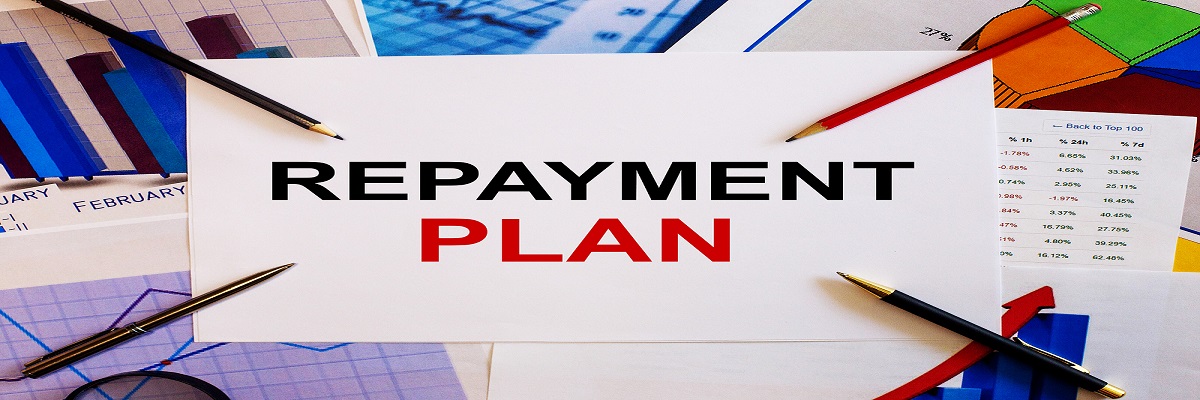Call: 888-297-6203
The most important thing in a chapter 13 bankruptcy is the repayment plan through which creditors are paid over a period of 3-5 years. In chapter 13 bankruptcy, your disposable income is used to pay your creditors. The plan informs how much debt you will be paying to your creditors, how you will do that and the duration of the plan. According to Los Angeles based law firm the plan must be affordable for debtor and approved by court.
The plan must focus on priority debts which need to be paid in full and then concentrate on other debts for which a discounted amount can be paid. Before filing for a chapter 13 bankruptcy it is important that you understand the details of this chapter. In this case, some debts are paid through the trustee while others can be paid directly to the creditor, outside the repayment plan.
Debts paid through chapter 13 plan
The following debts are paid through the repayment plan:
- Priority debts – Apart from child support owed to government agency, these debts need to be paid entirely through the plan. These include most federal and state back taxes, back child support owed to spouse or child, salaries or commission owed to employees and contribution owed to employee benefit fund.
- Secured debts – In case any secured debt (car loan, home equity) is due to end within your repayment plan duration, it needs to be paid in full. You might be able to reduce the secured debt in some cases. Any secured debt which is not due within the term of your plan (tax lien on your home) also needs to be paid through the repayment plan.
- Arrearage on secured property – For keeping your secured debts, you need to pay off arrearage owed through your plan.
- Amount received by your unsecured creditors in case of a chapter 7 bankruptcy – You need to pay this minimum amount through the repayment plan. Depending on your disposable income, the amount might be more. If you cannot afford to pay this amount, you will not be able to qualify for chapter 13 bankruptcy. However, since these creditors are not paid in full in chapter 7 bankruptcy, there are chances that you might not have to pay the full amount in chapter 13 bankruptcy too.
- Expenses which are part of bankruptcy – You need to pay the trustee’s and attorney’s fee apart from the bankruptcy filing fee.
Debts which can be paid within or outside the plan
Certain debts can be paid directly to the creditor outside the repayment plan. These include:
Mortgage payments – For keeping your home during bankruptcy, you need to make regular payments during your bankruptcy proceedings. These can be made either through the chapter 1 plan or directly to the lender. Since the trustee gets 10% on any payments made through the plan, paying for these debts outside the plan makes more sense.
Car payments – Apart from catching up on car loan through arrearage in chapter 13 repayment plan, you also need to be regular on your car loan payment if you wish to keep your vehicle. The same holds true for other secured debts too.
Current payment for other expenses – Apart from the payments in the plan, you need to stay current on rent, telephone, utilities, child support, and taxes.
The duration of the repayment plan depends on your income. If this income is less than the state median, your plan is for 3 years; while in case it is more, it is of 5 years. Call (888-297-6203) to consult experienced bankruptcy lawyers.

